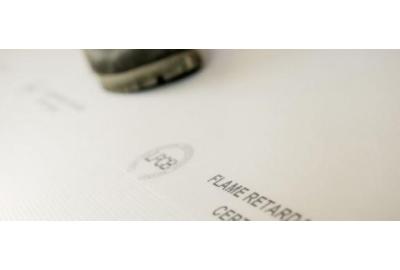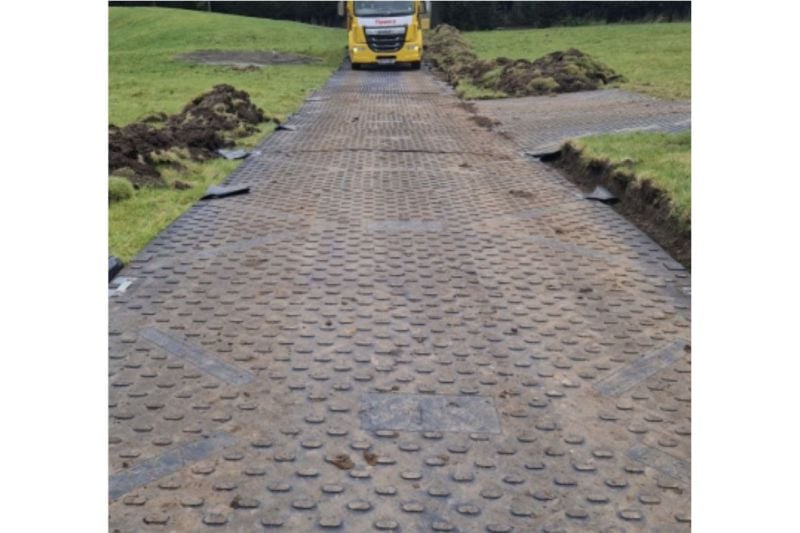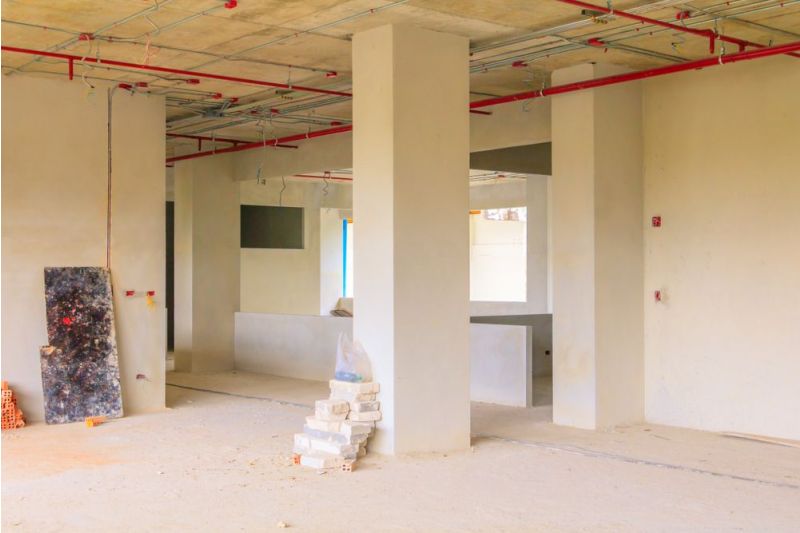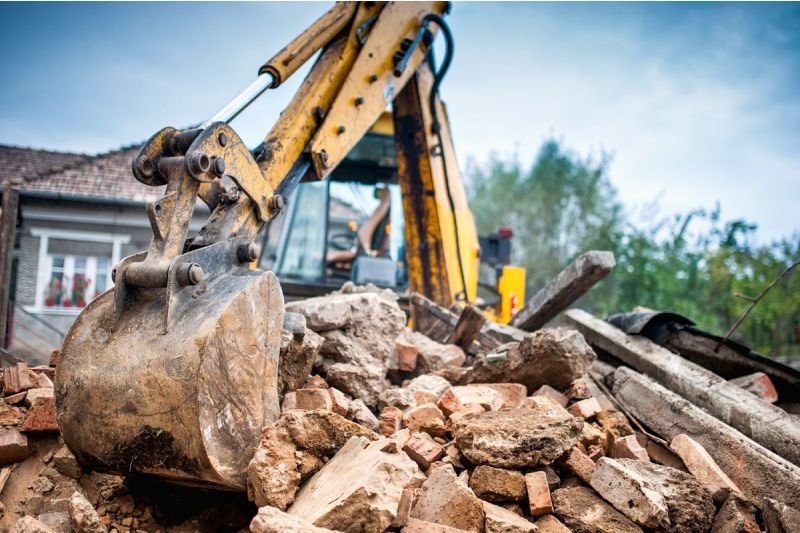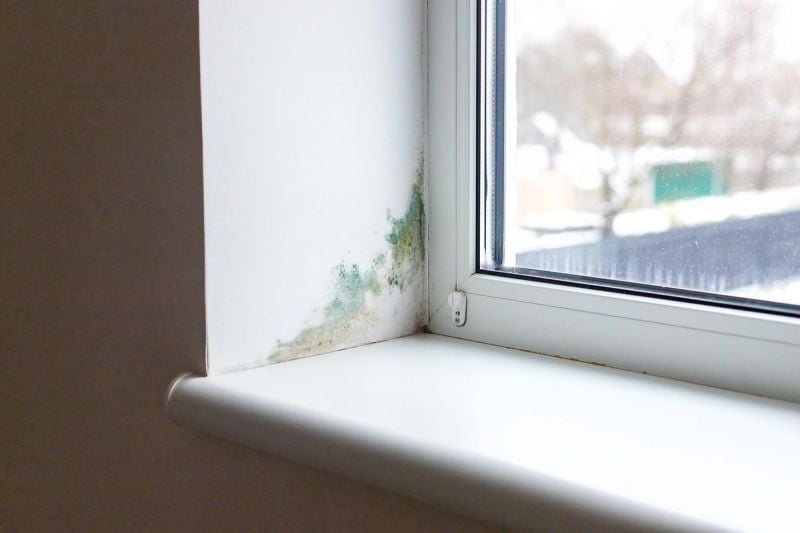In recent times, large scale fires have highlighted the devastation a fire can cause. The damage a fire can cause, no matter how small, can be catastrophic. However, many fires can be prevented when simple and safe precautions are put in place.
Fires spread at a rapid speed. The purpose of flame resistance is to reduce the risk of ignition and fire spread which results in a longer escape time for occupants. Products treated with a flame retardant protection typically burn at 3x slower pace than non-fire retardant, which essentially will make the difference between escaping and fatalities.
Always consult Health & Safety laws about whether fire retardant protections are a legal requirement on each project or development. However, even if it is a small DIY job at home, we will always stress the important of placing fire resistant products at the top of your list.
Proguard follow the ‘Fire Prevention on Construction Sites – Joint Code of Practice 9th edition’ to ensure we provide our resellers with the safest and most innovative products.
How the Code applies to Temporary Protective Covering Materials:
“Finished surfaces, fittings or expensive items of plant and machinery incorporated into a building should be temporarily protected during construction or refurbishment. When selecting temporary protective covering material, regard must always be paid to the relative fire load and the potential for fire growth and spread.
Where flexible protective covering materials are used, these must conform to the requirements of the LPCB's Loss Prevention Standard LPS 1207: Fire requirements for protective covering materials or equivalent standard. The materials shall be manufactured in accordance with a quality assurance and certification programme, and the protective covering material shall be approved by a third-party certification body accredited by the United Kingdom Accreditation Service. The relevant approval mark shall be printed on the material.
When flexible materials are used to clad scaffolding, these materials must conform to the requirements of LPS 1215: Flammability requirements and tests for LPCB approval of scaffolding materials or equivalent standard. The material shall be manufactured in accordance with a quality assurance and certification programme, and the scaffolding covering material shall be approved by a third-party certification body accredited by the United Kingdom Accreditation Service. The relevant approval mark shall be printed on the material.
Third party approved temporary protective covering materials must be exclusively used on all parts of the project, including scaffold cladding, containment nets, temporary roof sheeting and other tarpaulins. It is not acceptable to use non-approved materials in different parts of the building at different storeys/heights or on different elevations of the building.”
Our range of fire retardant temporary protection materials that are printed with the symbol ‘Approved to LPS 1207’ complies with the Joint Code of Practice standards.
Should you require any further information please give one of our Protection Specialists a call on 01432 263598.

